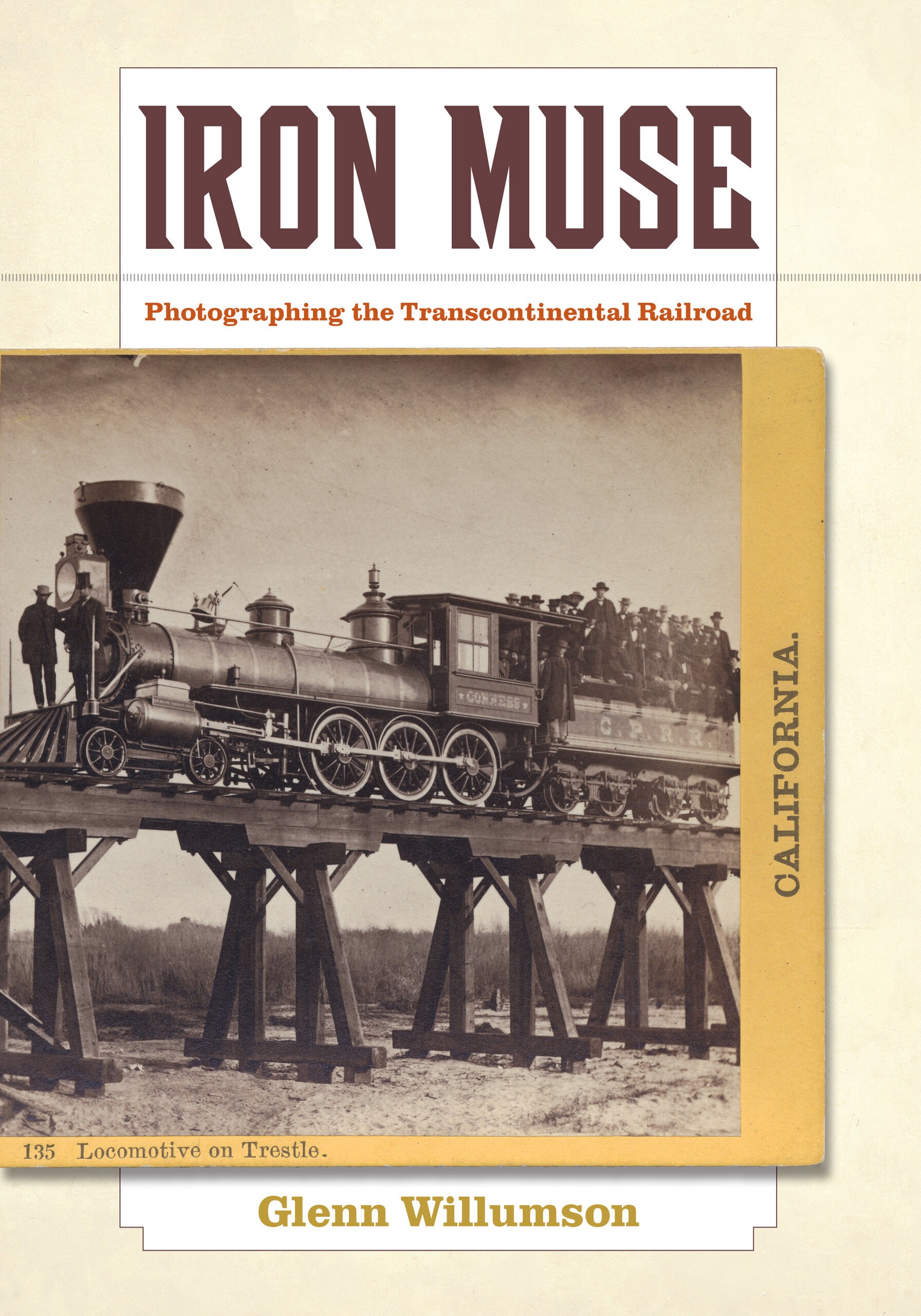About the Book
The construction of the transcontinental railroad (1865–1869) marked a milestone in United States history, symbolizing both the joining of the country’s two coasts and the taming of its frontier wilderness by modern technology. But it was through the power of images—and especially the photograph—that the railroad attained its iconic status. Iron Muse provides a unique look at the production, distribution, and publication of images of the transcontinental railroad: from their use as an official record by the railroad corporations, to their reproduction in the illustrated press and travel guides, and finally to their adaptation to direct sales and albums in the late nineteenth and twentieth centuries. Tracing the complex relationships and occasional conflicts between photographer, publisher, and curator as they crafted the photographs’ different meanings over time, Willumson provides a comprehensive portrayal of the creation and evolution of an important slice of American visual culture.
The construction of the transcontinental railroad (1865–1869) marked a milestone in United States history, symbolizing both the joining of the country’s two coasts and the taming of its frontier wilderness by modern technology. But it was through the powe
The construction of the transcontinental railroad (1865–1869) marked a milestone in United States history, symbolizing both the joining of the country’s two coasts and the taming of its frontier wilderness by modern technology. But it was through the powe
